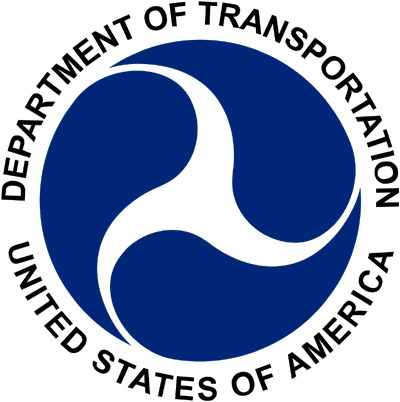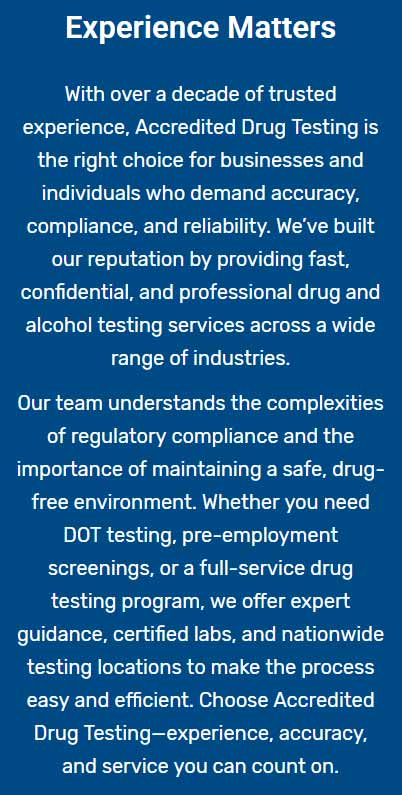Serving All DOT modes
DOT Drug Testing, DOT Consortium,
FMCSA Clearinghouse, Physicals
We have 30 DOT drug testing locations to serve you in and around Oelwein, IA.
Our DOT Drug Testing centers in Oelwein, IA, and neighboring regions offer comprehensive DOT services, including Drug and Alcohol Testing, Physicals, Random pool and Consortium enrollment, MIS and MVR reports, driver qualification, and other DOT requirements adhering to 49 CFR Part 40. These services cater to Employers, Single operators, and all DOT modes like FMCSA, FTA, FAA, USCG, FRA, and PHMSA. Our centers are conveniently located near you with most offering same-day appointments.
Select the DOT service or drug/alcohol test you require and pick a nearby location for testing. The process is seamless for you, your employees, or other individuals, making it easy to arrange DOT drug testing in Oelwein without any hassle.
When you're searching for drug testing near me or drug testing locations, we provide a simple and convenient process to find a drug and alcohol testing location near you that is certified to provide all of your drug and alcohol testing needs.








